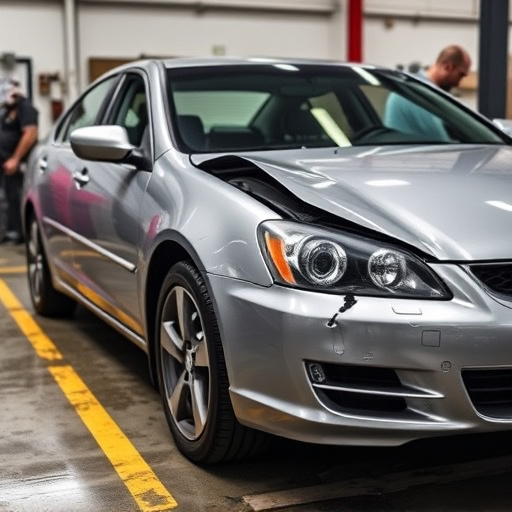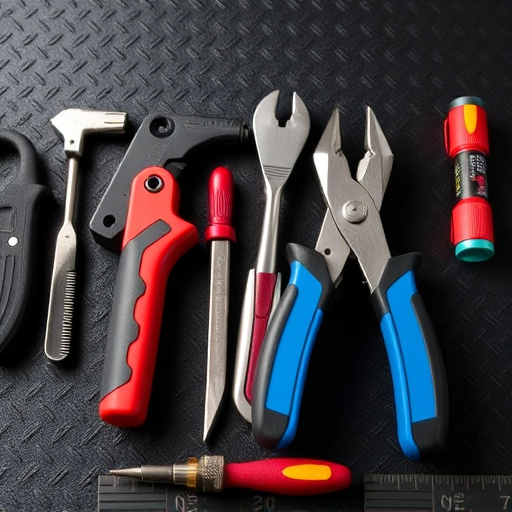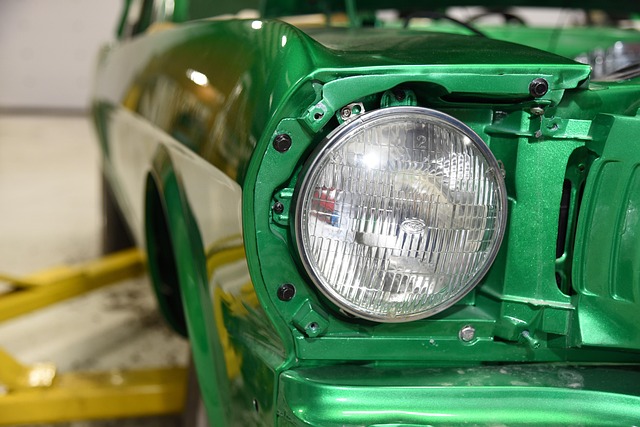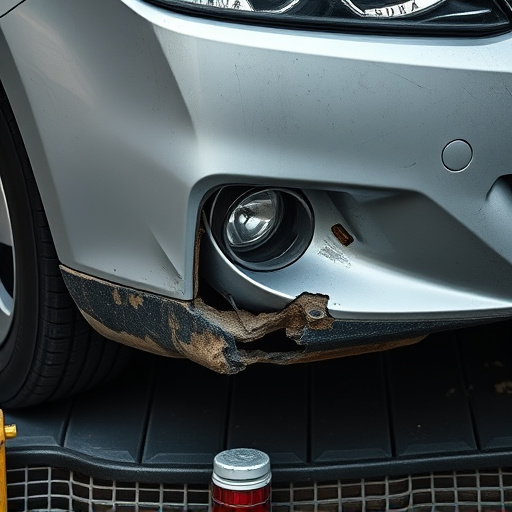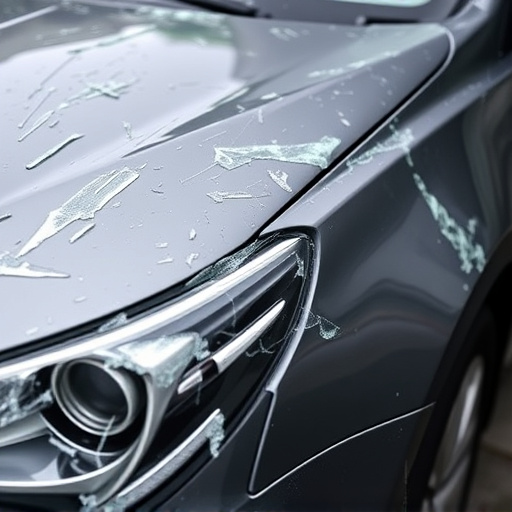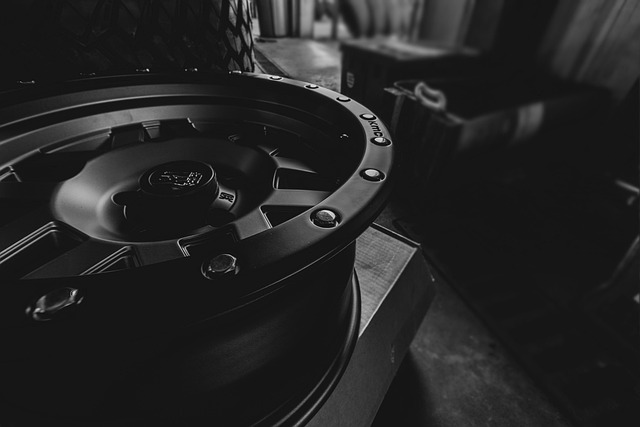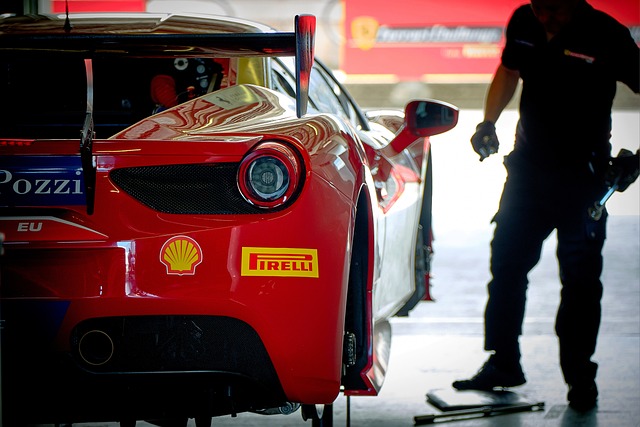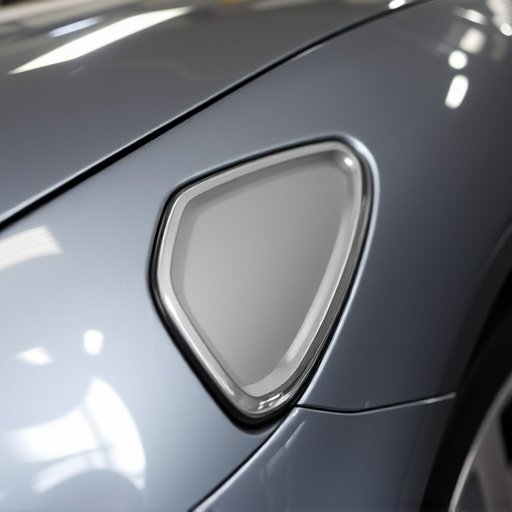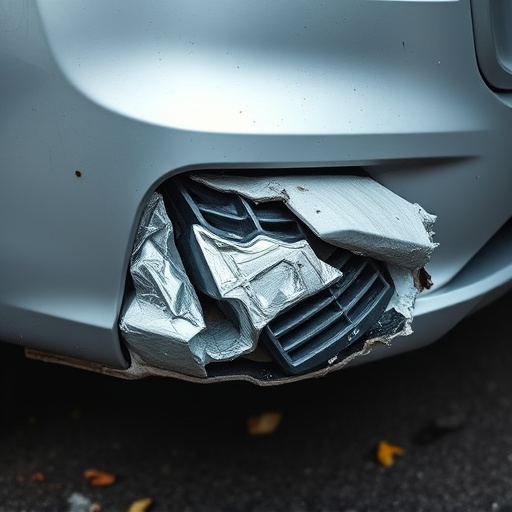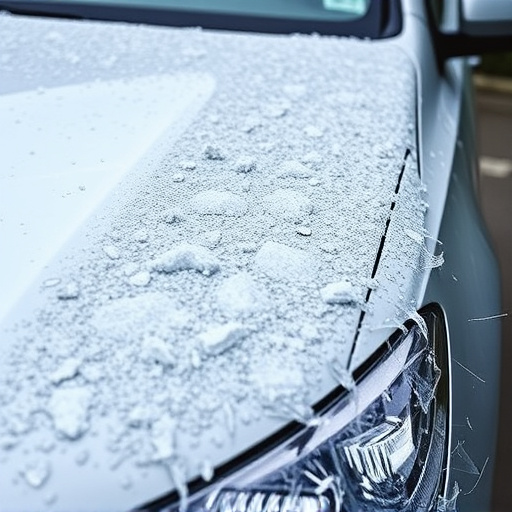Creating accurate auto body shop estimates involves a meticulous assessment of vehicle damage by experienced technicians. This process considers the extent of harm, part availability, labor needs, and client preferences, ensuring tailored repair solutions for all types of damage, from simple dents to complex structural issues. Advanced tools and comprehensive documentation ensure precise pricing, while factoring in various elements like part costs, labor rates, shop location, equipment, and insurance involvement leads to fair and equitable estimates for both car owners and shops.
“Uncovering the secrets behind accurate auto body shop estimates: A comprehensive guide. Auto body repairs involve a complex estimation process, influenced by various factors that can impact final costs. This article delves into the key elements that shape these estimates, offering insights for both repair shops and customers.
From damage assessment to scope of work, material costs, and vehicle specifics, each aspect plays a crucial role. We’ll explore how these factors drive auto body shop estimates and provide strategies for transparent communication, ensuring customers understand their repairs’ financial implications.”
- Understanding the Estimation Process
- – The role of a detailed damage assessment
- – Factors considered in auto body shop estimates
Understanding the Estimation Process

The estimation process at an auto body shop is a meticulous art that involves several steps to accurately determine the cost of repairs for damaged vehicles. It’s not merely a quick glance at the car but a comprehensive assessment of each unique aspect of the vehicle’s structure and appearance. Here, experienced technicians consider factors like the extent of damage, available parts, labor requirements, and the customer’s desired finish. This methodical approach ensures that auto body shop estimates are tailored to the specific needs of every client and their vehicles.
Understanding this process is key for car owners seeking repairs. It allows them to grasp why an estimate may vary from one shop to another and enables informed decisions when choosing a repair facility. Whether it’s a simple fender repair or more complex car paint restoration, each step in the estimation process plays a vital role in delivering a precise and fair cost assessment, ultimately satisfying both the customer and the auto body shop.
– The role of a detailed damage assessment
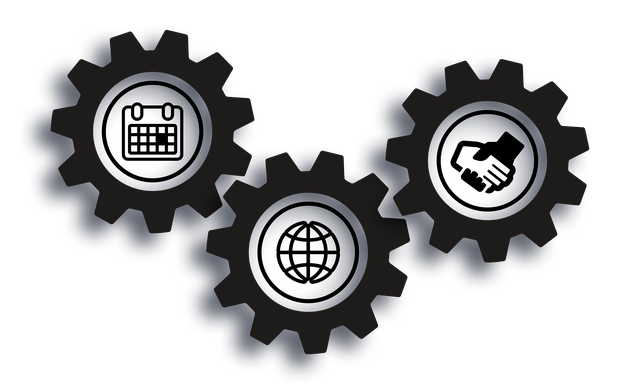
A detailed damage assessment is paramount in the auto body shop estimates process, serving as the foundation for accurate and fair pricing. Skimpy or superficial inspections can lead to underestimating repair complexity, resulting in longer turnaround times and higher costs down the line. Highly skilled assessors meticulously document every aspect of vehicle bodywork damage, from dent size and shape to structural integrity issues, using advanced tools like measuring tapes, digital imaging, and specialized software. This comprehensive approach ensures that all necessary repairs, including car body restoration or complex panel replacement, are considered, ultimately providing a more accurate picture for both customers and shop managers.
– Factors considered in auto body shop estimates

When it comes to determining the cost of repairs in an auto body shop, several key factors are taken into account. These estimates aren’t just about the visible damage; they involve a comprehensive assessment of various aspects unique to each vehicle and incident. The complexity and extent of the damage play a significant role. This includes assessing every panel, component, and system affected, such as the frame, suspension, and electrical systems. The availability and cost of replacement parts for both the auto body shop and the car dent repair process are also crucial considerations.
Additionally, labor costs vary based on the skill level required for each task in auto glass repair and other specialized services. These estimates often factor in the time needed to complete repairs, considering factors like drying times for paints and adhesives used in auto body shop procedures. Other variables may include the shop’s location, their equipment capabilities, and even the specific insurance provider involved in processing claims for these services.
When it comes to auto body shop estimates, several key factors play a crucial role in determining the cost of repairs. A detailed damage assessment is essential, as it involves meticulously examining the vehicle’s exterior and interior for any signs of harm. The estimate then considers various elements such as the complexity of the repair, the availability of replacement parts, labor rates, and even regional variations in pricing. By understanding these factors, both auto body shops and customers can ensure more accurate and transparent estimates, facilitating a smoother process for all parties involved.
